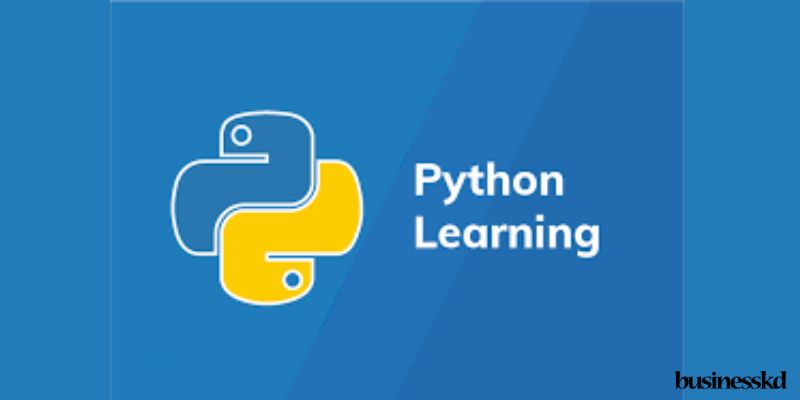Learn about the various Business software for data analysis programs and the abilities required to obtain an entry-level data analysis employment.
More data than ever are available today. In fact, 181 zettabytes of data are expected to be created, recorded, duplicated, and consumed globally by 2025, according to research by Statista. There is a significant amount of data that needs to be sorted, cleansed, examined, and visualized.
Business software for data analysis programs and tools are widely available. Big volumes of commercial data are stored in cloud-based data warehouses. Business software for data analysis that visualizes data in vivid colors and diagrams is available and some programs that are specifically made for data modeling.
Seven fundamental Business software for data analysis programs have been compiled for your reference as you start your data journey. Here, you’ll come across some of the most popular data analysis programs, find out what they each perform, and understand why it matters. You’ll discover a recommended course at the conclusion to assist you in developing the abilities required to find an entry-level data analyst employment. businesskd.com will provide some of information for you in this post.
1. Excel

Excel is one of the most often used programs for Business software for data analysis. In addition to graphing tools and calculating functions like automated summing, or “AutoSum,” Excel also provides operations for managing and organizing large data sets in spreadsheets. Additionally, Analysis ToolPak, a set of data analysis tools that can do statistical, regression, and variance analysis, is included with Excel.
Because of its adaptability and simplicity, Excel is a comprehensive data analysis tool suitable for managing, sorting, filtering, cleaning, analyzing, and displaying data. If you’re new to data science, you might want to consider learning more about Excel to better prepare for your future career.
2. Python

According to numerous surveys, Python is currently the most widely used programming language in the world.
Python, in contrast to other programming languages, is very simple to learn and useful for a variety of activities, including Business software for data analysis and the building of Business software for data analysis and websites. Python is used to model, simplify, display, and analyze data utilizing its built-in data analytics capabilities in the field of data. Professionals in data analytics value Python’s many libraries, like Pandas and Numpy, which provide a range of potent tools for various analytics needs. This is one of Python’s primary selling points.
To ensure that they have a solid understanding of one of the most essential programming languages used in data today, early professionals should learn Python.
3. Tableau
Tableau, an application for data visualization, is frequently used in business analytics and business intelligence.
With its simple user interface and seamless conversion of data sets into understandable images, Tableau is without a doubt one of the most popular systems for data visualization in the commercial world. Business customers enjoy it because of how easy it is to use, and data analysts like it because it has excellent capabilities that can carry out advanced analytics jobs like segmentation, cohort analysis, and predictive analysis.
Because it makes it possible for data analysts to explain their findings to coworkers and stakeholders who might not otherwise be able to understand them, data visualization is crucial. Consider learning Tableau to get ready for the working world if you’re thinking about a career in corporate analytics or intelligence.
4. MySQL

Application data is stored using an open-source relational database management system (RDBMS) called MySQL, particularly for web-based applications. Numerous websites use MySQL, including well-known websites like Facebook, Twitter, and YouTube.
Relational database management systems, which use relational databases typically arranged into tables, are managed using an arranged Query Language (SQL) in the world of data. Because of this, MySQL is used by data professionals to store data safely and do routine data analysis. Despite certain limitations, MySQL frequently integrates well with the data systems that are already in place in many businesses.
You should consider studying MySQL in particular if you want to work in technology producing web apps.
5. SAS
The SAS Institute created the well-known SAS suite of Business software for data analysis for use in business intelligence, advanced analytics, and predictive analytics.
SAS is a tool used by analysts to retrieve, report, examine, and display data. SAS is popular among business intelligence analysts and data analysts in general because it combines a number of potent analytical tools in a single location and has an intuitive graphical user interface (GUI) that makes it simple to use. Additionally, SAS is a dependable Business software for data analysis package that enables data analysts to complete much of their tasks, including managing, cleansing, and modeling data.
Learn SAS if you want to become familiar with a Business software for data analysis package that can handle most of what a data analyst might need to perform or if you want to get ready for jobs that are specifically focused on business intelligence and analytics
6. Jupyter Notebook
Computational documents, or “notebooks,” are shared using the web-based Jupyter Notebook interactive platform. Data analysts utilize Jupyter Notebooks for a wide range of data analysis tasks, such as writing and running code, cleaning data, data visualization, machine learning, statistical analysis, and more. Additionally, Juypter Notebook allows users the option to combine data visualizations, code, comments, and a number of computer languages in a single spot, creating a better setting for documenting and sharing data analysis procedures.
You will probably benefit from using a program like Jupyter Notebook to resolve data problems and work with others, no matter what your professional data ambitions are.

